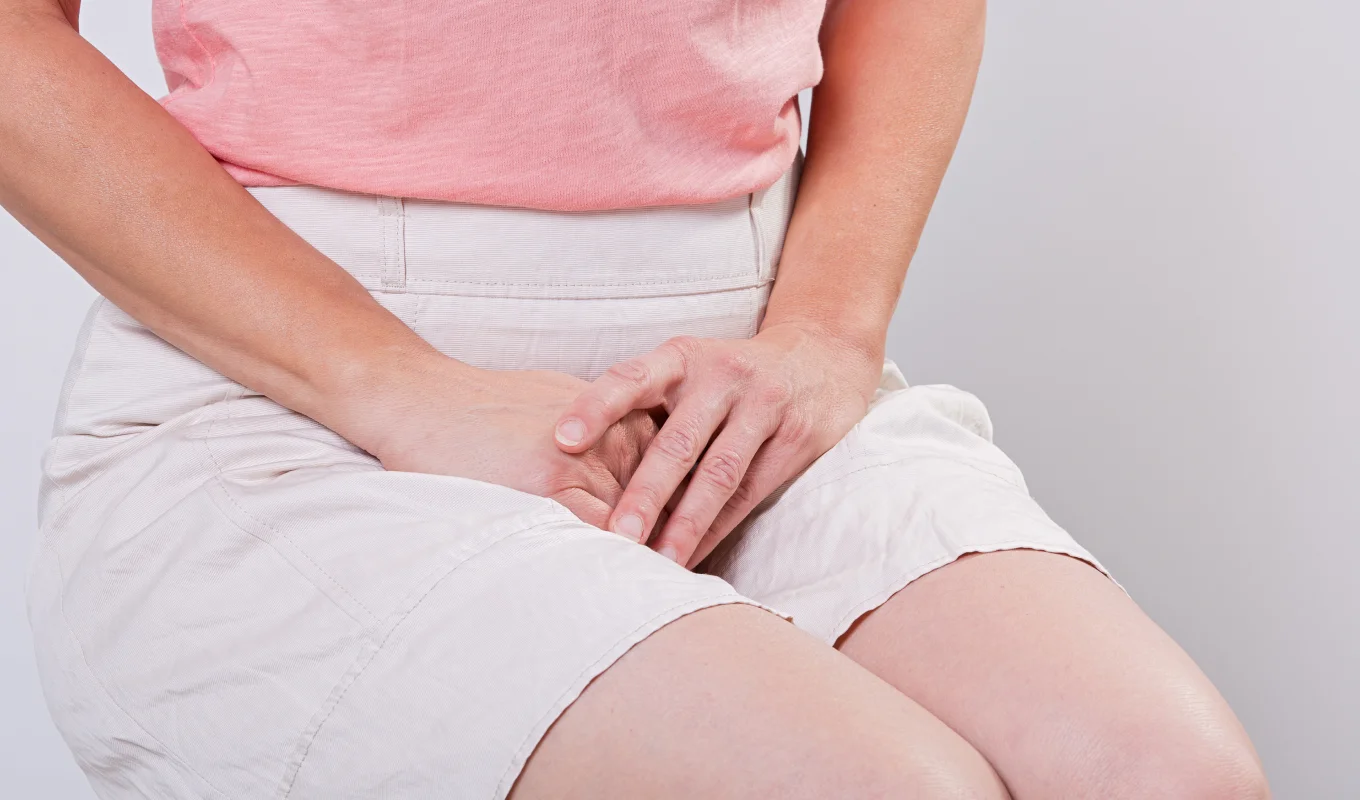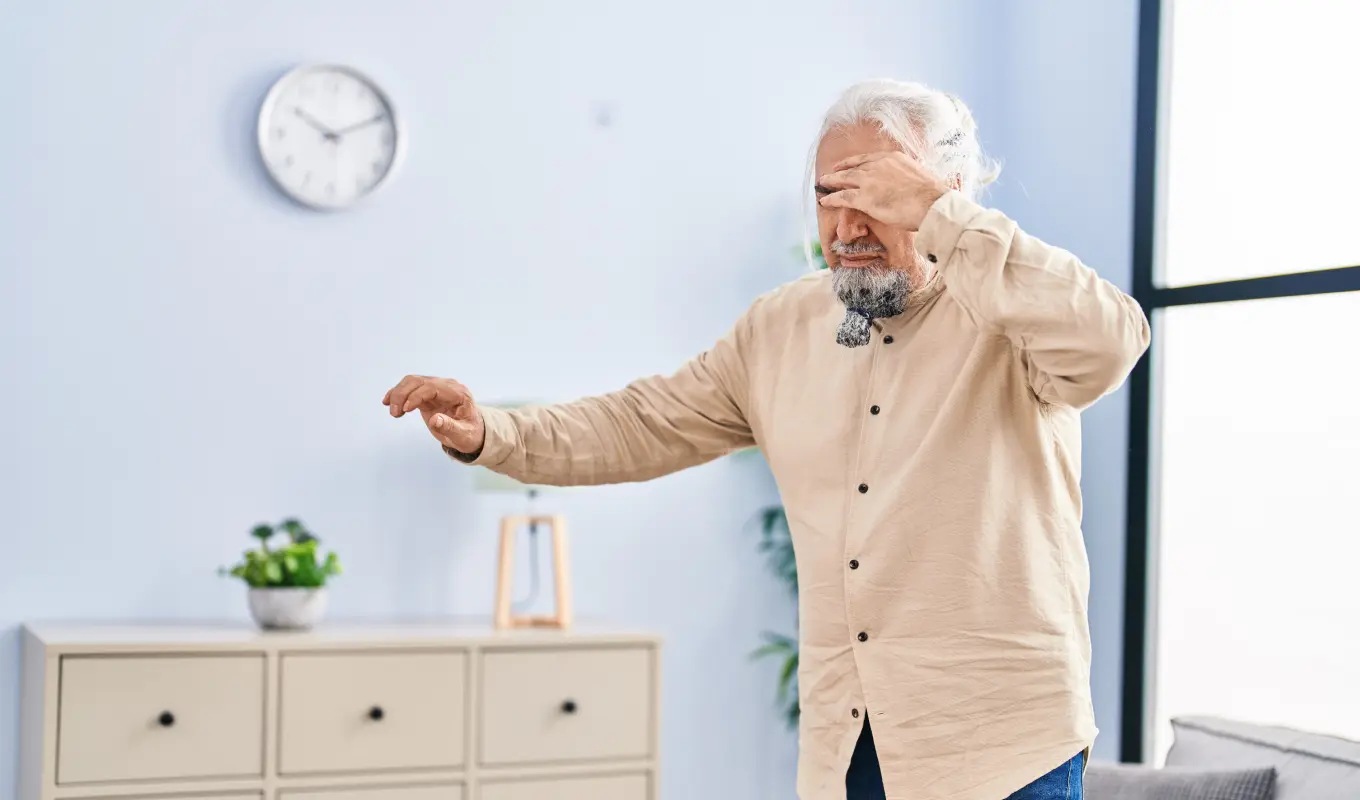Women’s health encompasses a broad spectrum of concerns, with pelvic health playing a crucial role. One particularly prevalent issue affecting millions of women worldwide is incontinence, characterized by the inability to control bladder function. This
condition can significantly impact a woman’s quality of life and daily activities, yet many women hesitate to seek treatment due to embarrassment or misconceptions about its normalcy.
Incontinence is often a symptom of underlying pelvic floor dysfunction, which can manifest in various forms. The pelvic floor muscles support vital organs such as the bladder, bowel, and uterus, playing a key role in maintaining continence and sexual
function. When these muscles are weakened or not functioning properly, it can lead to a range of issues, including urinary incontinence, fecal incontinence, and pelvic organ prolapse.
Physical challenges are just the tip of the iceberg. Incontinence can also profoundly impact mental health, leading to anxiety, stress, and depression. Socially, it can cause women to withdraw from activities and public places out of fear of embarrassment.
Professionally, it can reduce productivity and lead to absenteeism due to frequent bathroom breaks and the emotional toll it takes. Additionally, the financial strain from the cost of incontinence products and treatments can be significant.
 If
you’re struggling with incontinence, physical therapy can be a highly effective solution. In this article, you’ll learn more about incontinence, its warning signs, when to seek a physical therapist (PT), and what to expect at your first visit. A PT
specializing in pelvic health can help you manage your condition, regain control of your bladder, and significantly improve your quality of life.
If
you’re struggling with incontinence, physical therapy can be a highly effective solution. In this article, you’ll learn more about incontinence, its warning signs, when to seek a physical therapist (PT), and what to expect at your first visit. A PT
specializing in pelvic health can help you manage your condition, regain control of your bladder, and significantly improve your quality of life.
Understanding Incontinence
Incontinence, the involuntary leakage of urine, is a common condition affecting at least a quarter of all adult women and over 50% of women aged 65 and older. It manifests in various forms, including stress incontinence, urge incontinence, and mixed incontinence.
Stress incontinence occurs when physical activities like coughing, sneezing, or exercising cause urine leakage. Urge incontinence is characterized by a sudden, intense urge to urinate, followed by involuntary leakage. Mixed incontinence is a combination
of both stress and urge incontinence.
Many factors can contribute to incontinence, such as childbirth, menopause, aging, obesity, and certain medical conditions. Weakness or dysfunction of the pelvic floor muscles often plays a significant role in the development of incontinence.
Recognizing the Signs
Incontinence can manifest in various ways.

- Leaking urine when exercising, coughing, sneezing, or laughing
- Frequent urges to urinate
- Difficulty making it to the bathroom in time
- Waking up multiple times at night to urinate
- Conservative measures like Kegel exercises haven’t improved your symptoms
- Experiencing pelvic pain or discomfort
If you regularly experience any of these symptoms, you should consider consulting with a physical therapist who specializes in pelvic health.
When to See a Physical Therapist for Incontinence
Despite being a common problem, only 25% to 61% of women who experience urine incontinence discuss it with their healthcare teams. Many women feel too embarrassed to discuss the issue and suffer in silence. They mistakenly believe that incontinence is a normal part of aging or an inevitable consequence of childbirth. This is not the case.

You should consider seeing a physical therapist for incontinence when:

If you avoid activities, social events, or exercise due to fear of leakage, it’s time to see a PT. Physical therapy can help you regain control and confidence.

Pregnancy and childbirth can weaken the pelvic floor muscles. If you’re experiencing incontinence after giving birth,
a PT can provide specialized exercises to strengthen these muscles.

If incontinence persists despite lifestyle changes or medications, physical therapy might offer the relief you need.

Physical therapy is a non-invasive, drug-free option that focuses on strengthening the pelvic floor muscles and improving
bladder control. Physical therapy can also be less expensive than surgery, and insurance may cover the cost.
How Physical Therapy Can Help
Physical therapy for incontinence focuses on strengthening the pelvic floor muscles and improving overall pelvic health.

A skilled PT who specializes in pelvic floor physical therapy will:
- Assess your pelvic floor muscle strength and function
- Teach proper pelvic floor muscle exercises and techniques
- Provide biofeedback training to enhance muscle control
- Offer strategies for bladder training and urge suppression
- Address any contributing factors, such as posture or breathing patterns
- May also suggest nutritional changes

What to Expect from Your First Visit
Pelvic health specialists understand that starting physical therapy for incontinence can be a nerve-wracking experience. Your therapist will work with you to ensure you feel comfortable and supported throughout the session, answering any questions you
may have and setting achievable goals for your treatment.

- A comprehensive consultation to review your medical history and symptoms
- Discussions about your daily habits and lifestyle that may affect your condition
- An assessment of your anatomy, which may include external and, if appropriate and consented to, internal examinations
- A personalized treatment plan that may involve external and/or internal manual therapy, conducted only if appropriate and with your consent
- Exercise prescription
- Education on bladder health and strategies to prevent leakage
Benefits of In-Home Physical Therapy
While traditional clinic-based therapy is an option, in-home physical therapy offers several unique advantages for better addressing incontinence:

Dealing with incontinence can be sensitive, and receiving treatment in the privacy of your home can reduce anxiety and embarrassment.

Your physical therapist can assess your daily routines and living space to provide tailored recommendations, ensuring you feel understood and cared for in your unique situation.

Eliminating travel time and the need to find childcare makes it easier to maintain a consistent treatment schedule, relieving unnecessary stress and inconvenience.

Schedule appointments that fit your busy life without the hassle of clinic wait times.

A relaxed home environment can lead to more effective therapy sessions and better outcomes.
Luna specializes in providing high-quality, in-home physical therapy services, including for women dealing with incontinence and other pelvic health issues. Our experienced
therapists are committed to helping you regain control and confidence in your daily life. In fact, a recent study revealed that 71% of patients receiving Luna’s in-home physical therapy for pelvic floor disorders showed significant functional improvement with an average of only seven in-person visits.
Physical therapy for incontinence can be a game-changer, allowing you to live your life without the constant worry of bladder control issues. Our team of physical therapists is ready to provide compassionate, expert care in the comfort and privacy of
your own home. Don’t let incontinence hold you back from enjoying life to the fullest—find a Luna physical therapist near you and start your journey
to better pelvic health today.









